What was this work about?
In 2013, Sitra imported the Netherlands’ statutory Verwijsindex to Finland and it was applied in Finland as the Tajua Mut! operating model. The idea behind Tajua Mut! is that the authorities and private and third-sector operators who are involved in the everyday life of the young person can, through the online service, request co-operation to help the young person.
Using a web tool, these different parties can put up a “flag” to indicate possible problems they may have discovered. In Espoo, young people can also report their need for help themselves through the online service. Consent from the guardian of the young person or child is needed for the co-operation. Confidential information is handled only with the permission from the parties concerned. The model does not exclude other ways of help.
In addition, a chat-based guidance and advisory service, Suunta, was created and opened to support young people with questions related to education and working life.
How did this work proceed?
The Tajua Mut! operating model was piloted in four different cities. The first trial was launched in Mikkeli in 2013, where it started as a two-flag model in which at least two professionals had to come forward to enable co-operation to help the young person. The participants in the pilot scheme were the local authorities, outreach youth workers and Olkkari, a guidance and service unit for young people that co-ordinated the pilot and trained more than 300 public, private and third-sector employees. Mikkeli made the operating model permanent in 2015.
Next, the model was piloted in Espoo. The implementation of the operating model in the big, multi-centred and multicultural Espoo has been slow. However, Espoo decided to make the operating model permanent and continues to develop it.
After Espoo, the model was trialled in Kerava and Riihimäki. Kerava started as a one-flag model, in which an outreach youth worker contacted the young person as soon as the first flag had appeared. In addition, the threshold for implementing the operating model was lowered by specifying the flagging criteria regarding situations in which a young person can be flagged and on what grounds.
The pilot scheme in Riihimäki ends on 30 June 2017. Riihimäki has worked in close co-operation with the other Tajua Mut! cities and participated in the joint development of the model. The steering group of Tajua Mut! Riihimäki decided to continue to use the operating model as part of the city’s own services when the pilot project ends.
What was achieved?
Based on some good experiences, the pilot cities of Mikkeli, Espoo and Kerava have made the Tajua Mut! operating model part of their work with children and young people. Riihimäki has decided to make the model permanent when the pilot ends on 30 June 2017. In the end of 2018 the Tajua Mut! operating model was used in 13 municipalities in Finland.
According to an assessment (publication in Finnish) of the operating model, professionals who work with young people see the Tajua Mut! operating model as a fast and effective way to support and extend multidisciplinary co-operation and intervene in young people’s problems sufficiently early. On the other hand, persuading the professionals who work with young people to use the system actively was considered the main challenge in the implementation of the operating model.
The people running the project assumed that this reticence may have been due to various fears and suspicions about the new system: new technology may be confusing, the workload that follows flagging may be daunting and the flagging criteria may be deemed unclear. There also seems to be a wider phenomenon related to youth services in local authorities: new operating models have formed in different administrative branches and efforts have not yet been made to reconcile them all. This is particularly the case in the established networks of big cities.
Those young people and guardians who participated in the study see the operating model as a welcome addition in the service system. Young people feel that the operating model is a sign that adults care. Respect for the self-determination of young people is seen as a special strength of the model: the young person is present, listening to and discussing the issues concerning him or her and can have a say in who is invited into the co-operation process.
Lessons were learned from the first pilots and the model was then polished along the way. Peer learning and the experiences of others have been the key induction methods: the first pilot cities have been actively engaged in training the professionals of the new Tajua Mut! cities. The joint website of the Tajua Mut! cities was opened in March 2017 at www.tajuamut.fi (website in Finnish). At the same time, a renewed guidebook (PDF in Finnish) was also published.
The Suunta guidance and advisory service supports young people online through a personal chat conversation. Every year, about 1,000 young people contact the service and receive personal guidance.
Who was involved?
The projects involved extensive co-operation. In addition to the pilot cities, the Ministry of Education and Culture and KL-Kuntahankinnat Oy were involved in the Tajua Mut! projects. The Suunta guidance and advisory service was established as a part of the Nuorille NYT! (For young people now!) project of the Finnish Broadcasting Company Yle, in co-operation with the charity Save the Children.
What will be the significance of this work in future?
The Tajua Mut! model is cited by the rationale of youth act as an example of how co-operation is supported. The Tajua Mut! cities spread the operating model and train professionals together. The Ministry of Education and Culture is supporting the co-operation.
The Suunta guidance and advisory service serves as an example of guidance channels provided for young people.
Thanks to the Focus on youth project, services for children and young people now have practical tools for co-operation and early support and a chat channel for personal guidance. Sitra proposes that a nationwide service centre be founded to guide and support children, young people and families. A preventive approach and seamless co-operation and service chains are the cornerstones of the proposal.


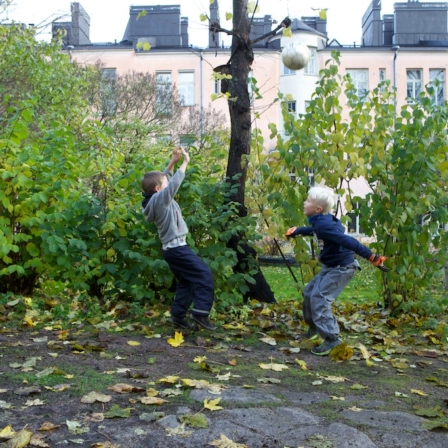
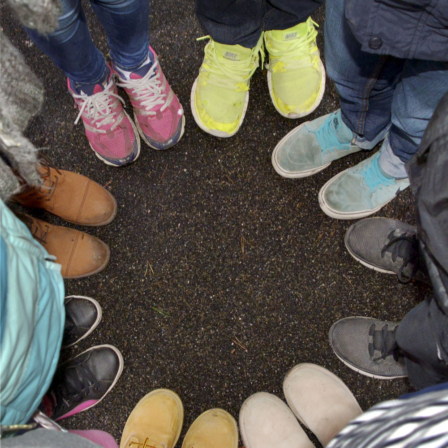
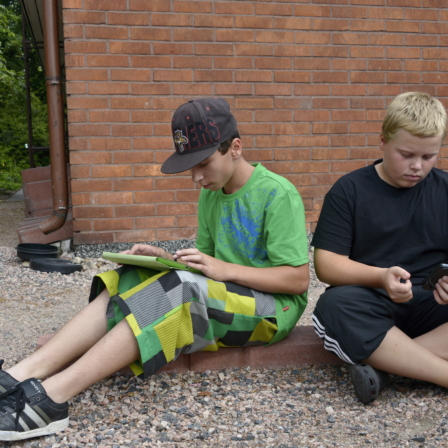

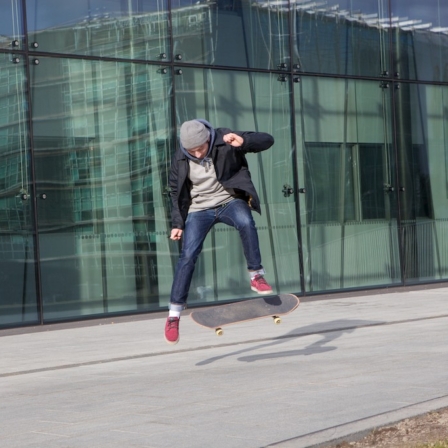
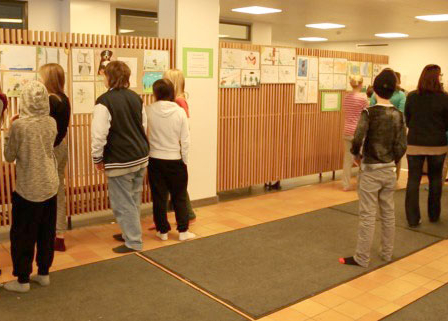





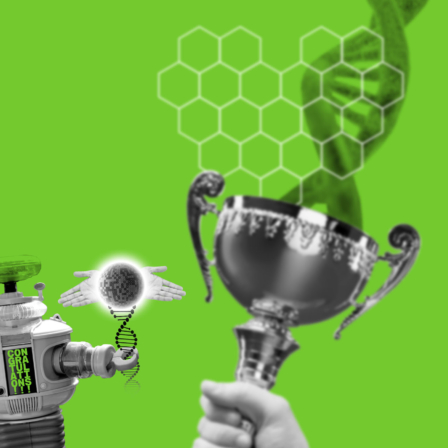






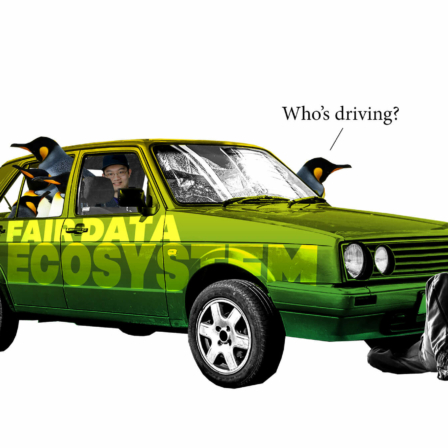



Latest